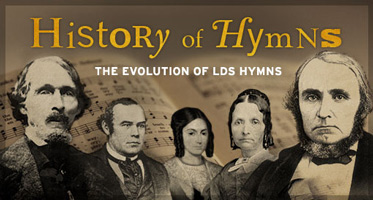018: "Where Can I Turn for Peace?"
Description
The history behind “Where Can I Turn for Peace?”: In 1971 Joleen G. Meredith and Emma Lou Thayne were asked to write a musical number for the Laurel workshop at June Conference. Emma Lou telephoned Joleen to discuss the assignment. Joleen recalls: “I happened to be in the music room of our home at the time. Sister Thayne says she had been thinking of a message of hope and peace as the hymn’s theme. As she began to relate some of the beginning lyrics, I stepped to the piano and said, ‘Sounds good—the music should go something like this…’ She said ’good,’ and gave me another line. I responded with additional measures of music. Before the conversation ended, we had mostly ‘roughed in’ the basic hymn. We have lovingly spoken of this number as the ‘telephone hymn’ throughout the years.” This program includes contemporary renditions of the hymn by the following artists: Greg Hansen, Michael Dowdle, Brigham Young University Women’s Chorus, Mark Small, the Mormon Tabernacle Choir, the Gibbons Family, Voice Male, and the Utah Chamber Artists.
More Episodes
Marylou Cunningham Leavitt discusses the creation of Hymn number 22, "We Listen to a Prophet's Voice." Marylou shares her conversion story, how the hymn came about, and how it almost did not make it into the hymnbook. The episode includes a performance of the hymn by the Mormon Tabernacle Choir.
Published 09/10/12
Janice Kapp Perry wrote the music for the beloved hymn "As Sisters in Zion." She is also a major contributor for many songs in the Children's Songbook. Hear the history behind these songs. Janice herself shares some of the stories of how the songs came about.
Published 02/06/12
Joseph J. Daynes was the first Tabernacle organist (from 1867 to 1900). Joseph learned to play the piano nearly as soon as he learned to walk. By the time he was four he was able to play tunes that no teacher had taught him. At six his progress had become nearly phenomenal, and the family story...
Published 01/30/12


